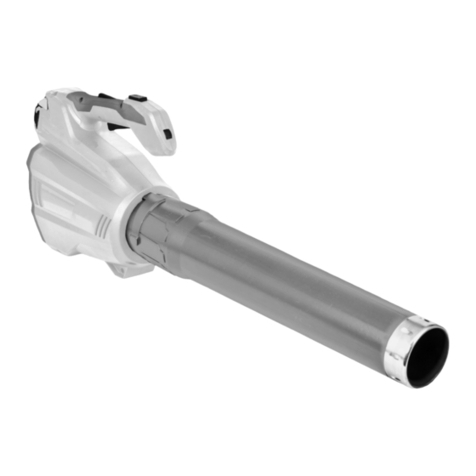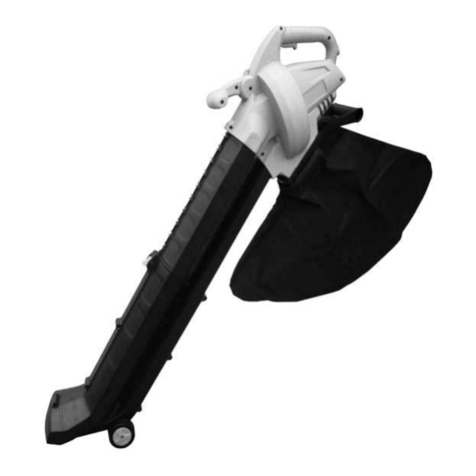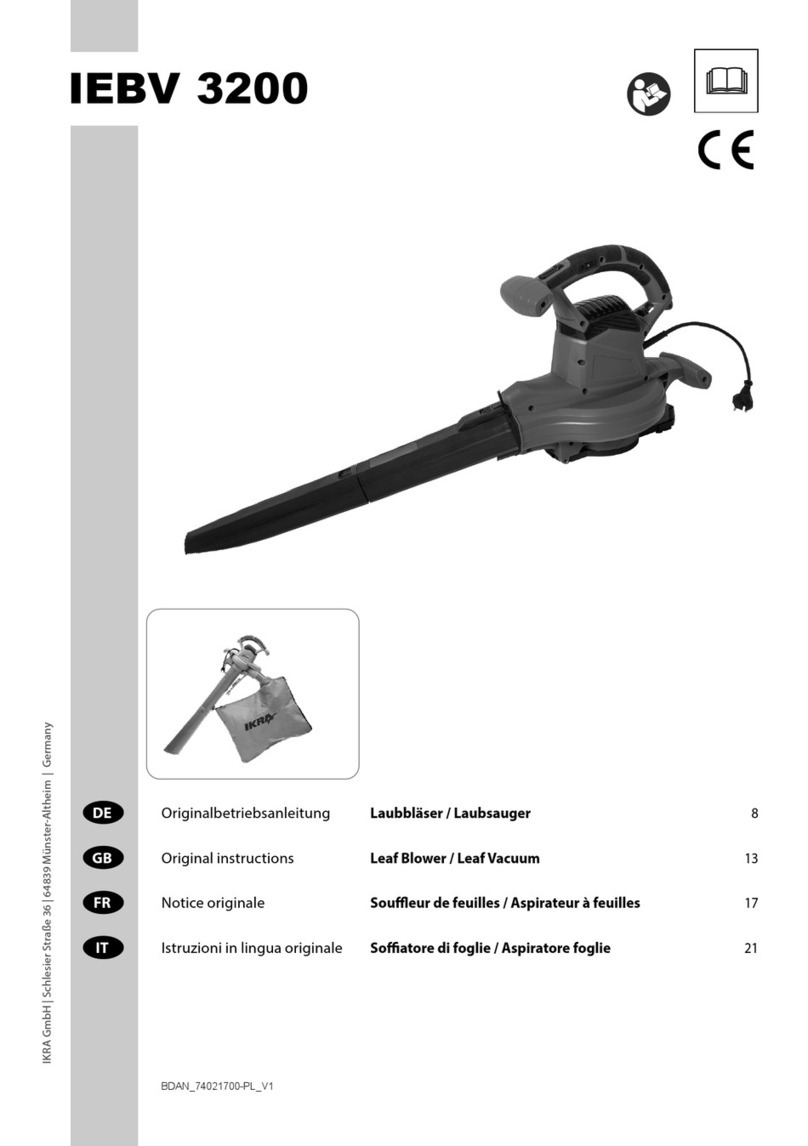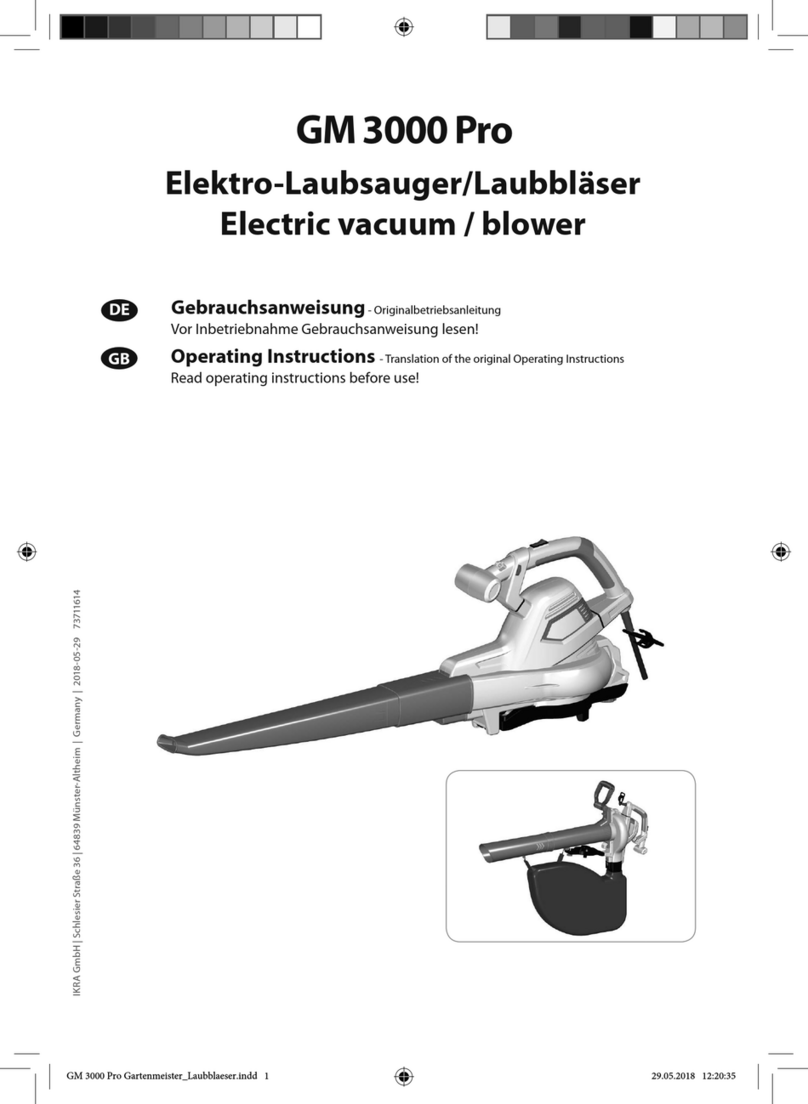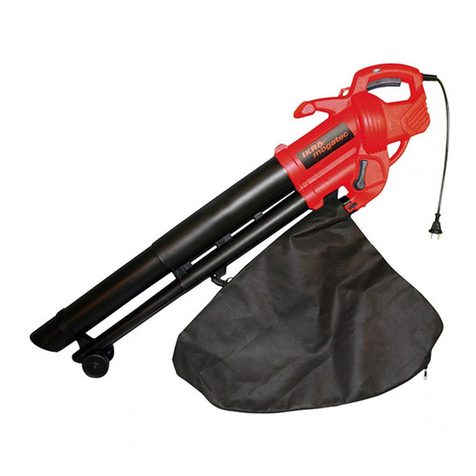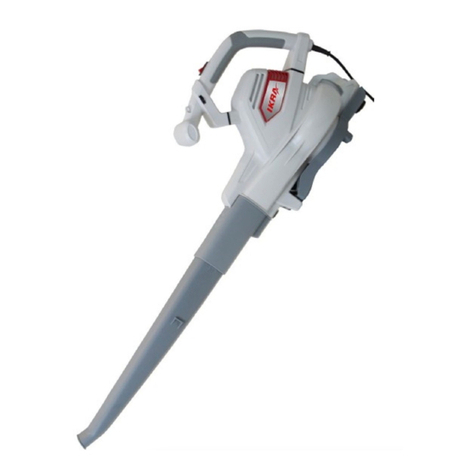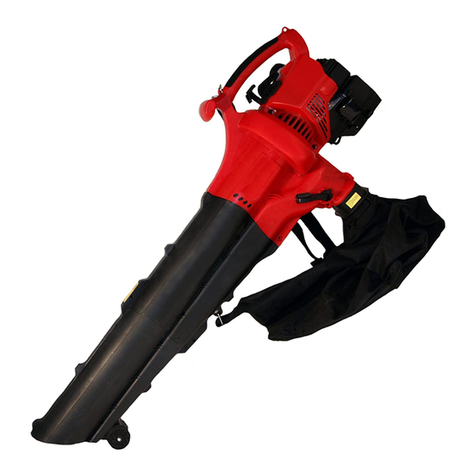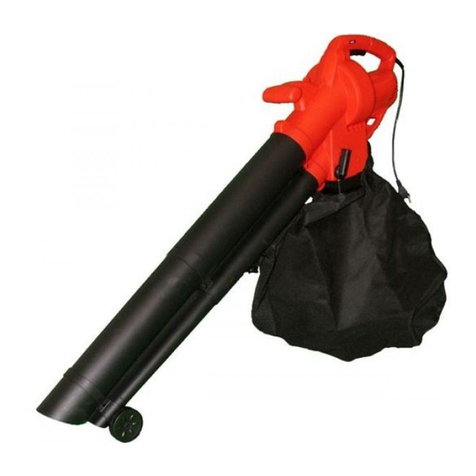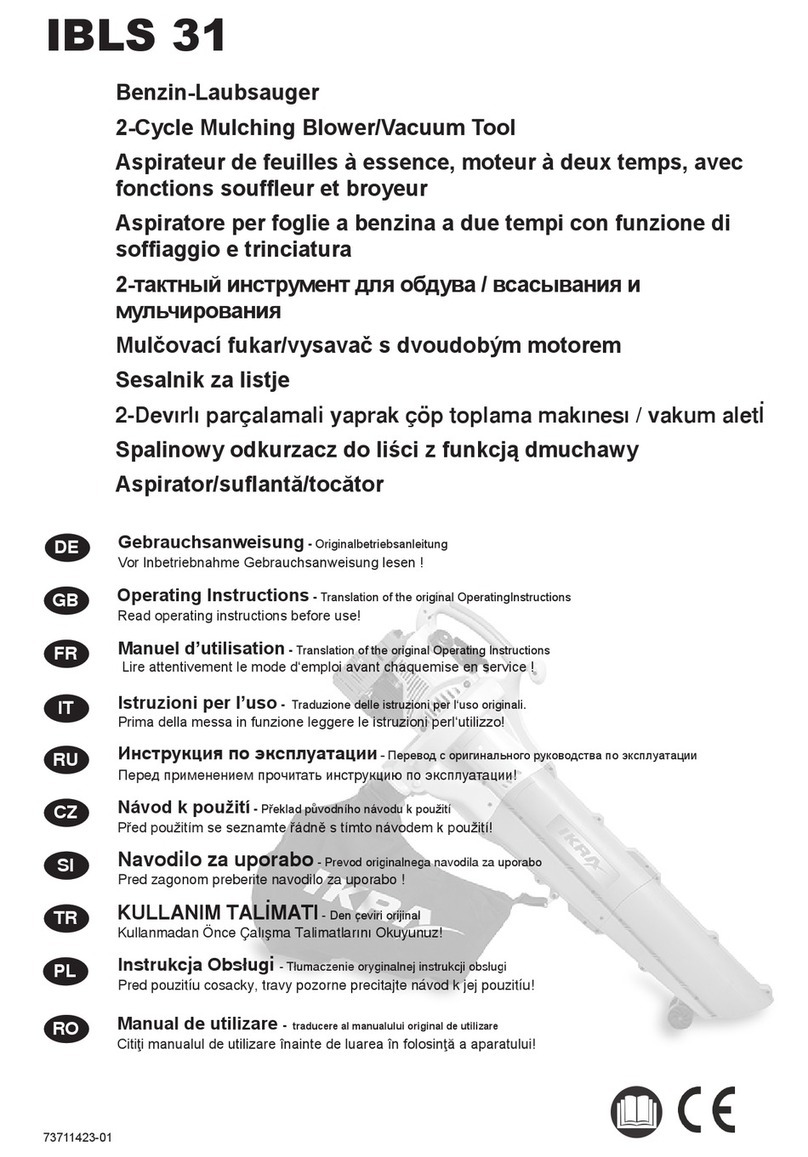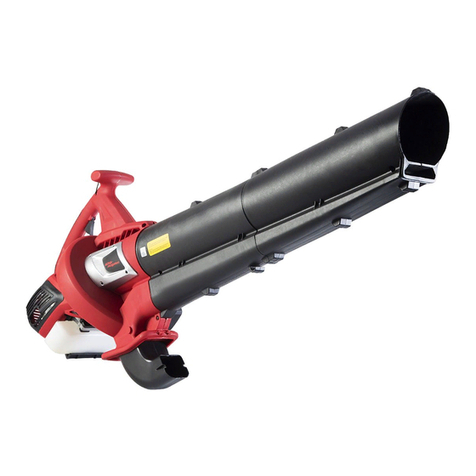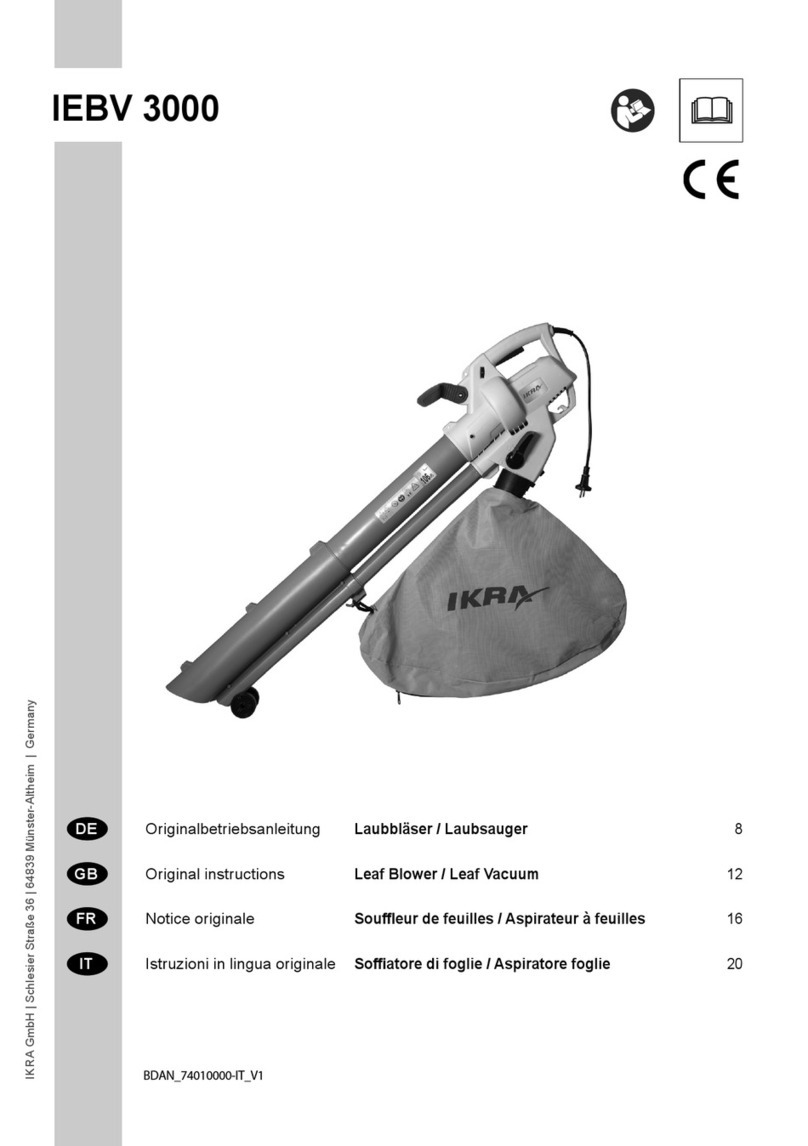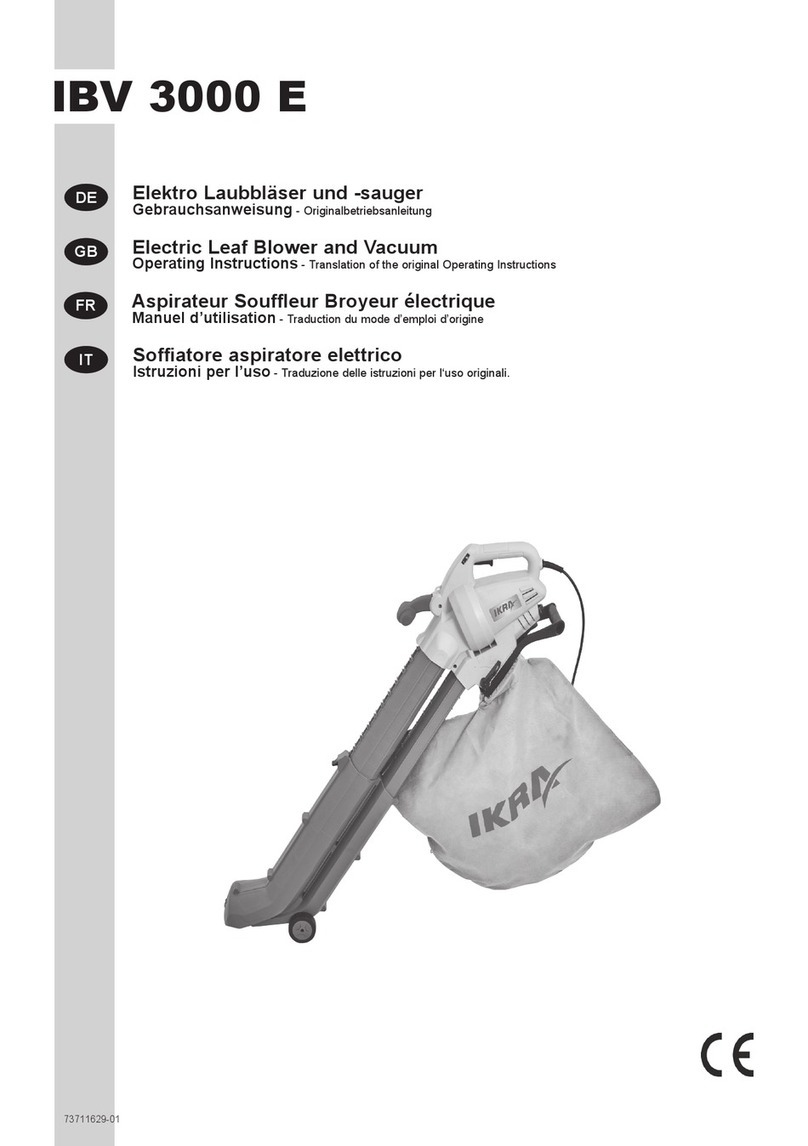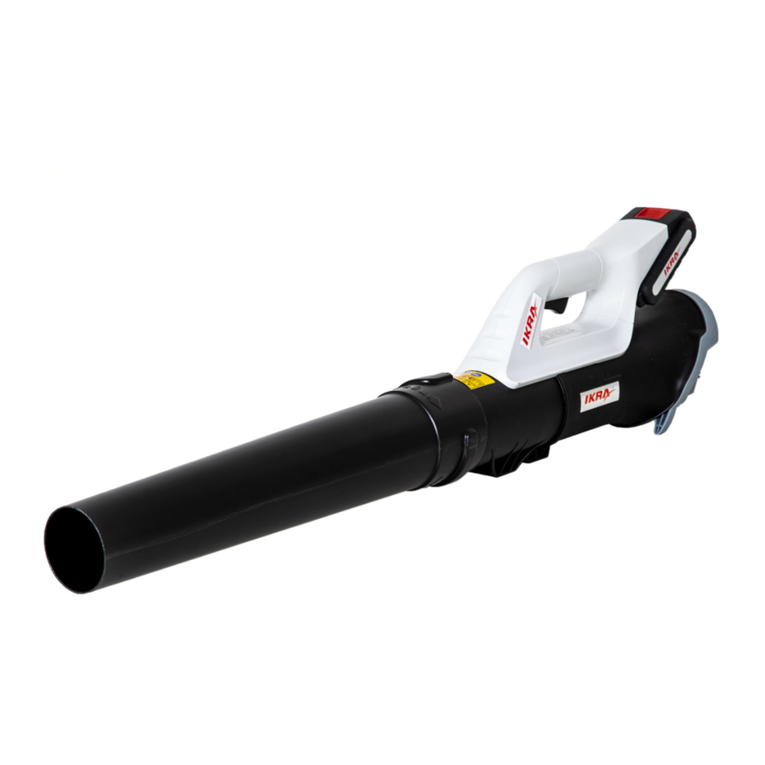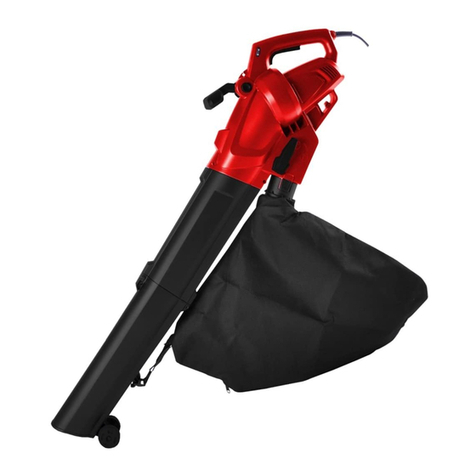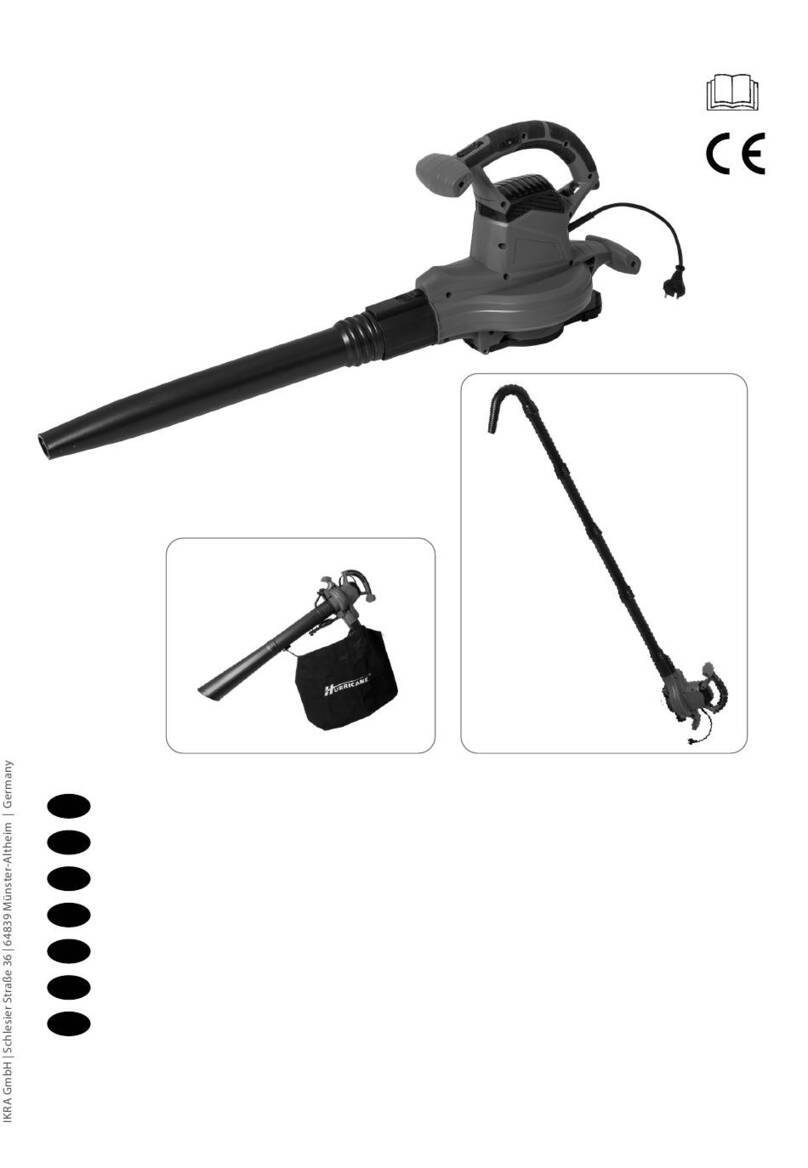
DE-2
Bestimmungsgemäße Verwendung
Zur Wahrung Ihres Garantieanspruches und im Interesse
der Produktsicherheit beachten Sie bitte unbedingt die
Sicherheitsvorschriften. Konstruktionsbedingt können
nicht alle Restrisiken völlig ausgeschlossen werden.
Achtung! Bei Gebrauch der Maschine sind die
Sicherheitshinweise zu beachten. Bitte beachten
Sie zu Ihrer Sicherheit und zur Sicherheit anderer
diese Hinweise, bevor Sie die Maschine benutzen.
Bewahren Sie die Hinweise für den späteren
Gebrauch sicher auf.
Bitte beachten Sie: Dieses Gerät darf in Wohn-
gebieten nach der deutschen Maschinenlärm-
schutzverordnung vom September 2002 an
Sonn- und Feiertagen sowie an Werktagen von
20:00 Uhr bis 7:00 Uhr nicht in Betrieb genom-
men werden.
Beachten Sie zusätzlich auch die landesrecht-
lichen Vorschriften zum Lärmschutz !
SIcherheitshinweise
Erlauben Sie Personen, die mit den vorliegenden
Hinweisen nicht vertraut sind, unter keinen Umstän-
den die Benutzung des Saugers.
Bedienen Sie den Sauger nicht ohne vorschriftsmä-
ßig angebrachten Auffangbeutel. Ist der Auffangbeu-
tel nicht korrekt angebracht, so kann das Gerät sich
in unerwünschter Weise nach vorn bewegen oder
Teile aus der Auswurföffnung herausschleudern.
Diese Teile können zu Verletzungen führen.
Der Bediener ist verantwortlich für Unfälle oder Risi-
ken, denen Dritte oder deren Eigentum ausgesetzt
werden.
Vergewissern Sie sich, dass Ihre Steckdose geerdet
ist und Ihr Verlängerungskabel den elektrischen An-
forderungen entspricht sowie in gutem Zustand und
witterungsbeständig ist.
Lassen Sie Ihren Sauger von einer anerkannten
Werkstatt oder einem Fachmann überprüfen und
warten, falls:
- der Motor, das Kabel oder der Schalter instand
gesetzt oder gewartet werden müssen.
- er ungewöhnlich oder unregelmäßig arbeitet.
- der Schalter nicht korrekt funktioniert oder der
Motor einen verbrannten Geruch oder Funken
abgibt.
- er zu Boden gefallen ist oder in sonstiger Weise
beschädigt wurde.
Benutzen Sie das Gerät nicht in der Nähe eines be-
nutzten Schwimmbads. Falls das Gerät ins Wasser
fällt, besteht die Gefahr eines Stromschlages. Schal-
ten Sie das Gerät aus und ziehen Sie den Stecker
unverzüglich aus der Steckdose.
Erlauben Sie Kindern nicht die Benutzung des Gerä-
tes. Kleine Kinder sollten überwacht werden, um si-
cherzustellen, dass sie nicht mit dem Gerät spielen.
Tragen Sie bei der Benutzung des Saugers stets
feste Schuhe und lange Hosen.
Tragen Sie keine lockere Kleidung und keinen
Schmuck. Diese können in den Lufteinlass ein-
•
•
•
•
•
•
•
•
•
gesaugt werden. Halten Sie langes Haar von den
Lufteinlässen fern.
Vermeiden Sie das Einsaugen von Schnüren, Plas-
tiktüten oder ähnlichen Materialien, da diese sich um
das Gebläserad wickeln und eine Überlastung und
eine Blockierung des Motors verursachen können.
Schalten Sie in einem solchen Fall den fahrbaren
Sauger aus. Lassen Sie den Sauger bei Überlastung
oder blockierten Motor nicht eingeschaltet.
Bedienen Sie das Gerät immer in senkrechter Hal-
tung. Bedienen Sie es nicht, wenn das Gerät seitlich
umgekippt oder umgedreht ist.
Es wird empfohlen, den Sauger über eine Fehler-
stromschutzeinrichtung (FI) mit einem Fehlerstrom
von maximal 30 mA an das Stromversorgungsnetz
anzuschließen.
Verwenden Sie nur Verlängerungsleitungen, die für
den Außengebrauch zugelassen sind und die nicht
leichter sind als Gummischlauchleitungen H07 RN-F
nach DIN/VDE 0282 mit mindestens 1,5 mm2. Sie
müssen spritzwassergeschützt sein.
•
•
•
•

